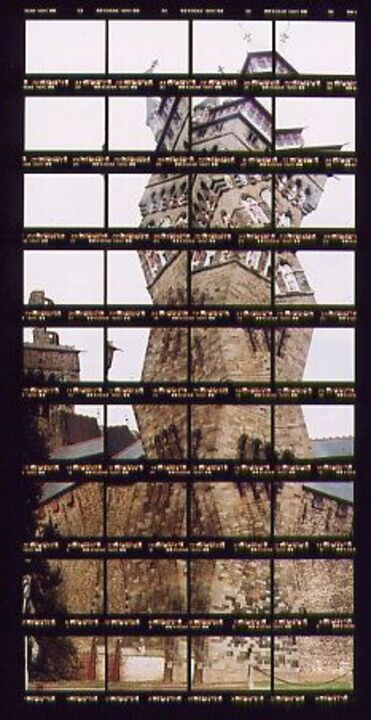William Burges (1827- 1881)
Burges was born in 1827 to Alfred Burges, a wealthy civil engineer. His family's wealth enabled Burges to devote his life to the study and practice of architecture, without requiring that he actually earn a living. He studied at King's College London for four years before he joined the office of Edward Blore, surveyor to Westminster Abbey. After five years, Burges moved to the offices of Matthew Digby Wyatt. Of equal importance and influence was Burges' travelling to England, then France, Italy, Greece and finally into Turkey,where he was studying and drawing on a prodigious scale. In 1856 Burges established his own architectural practice at 15 Buckingham Street. His early architectural career was relatively unsuccessful although he won prestigious commissions for Lille Cathedral and the Crimea Memorial Church, both of which remained unbuilt. He finally secured his first major commission for St. Fin Barre's Cathedral Cork in 1863. Vastly exceeding the intended budget, he produced a building that in size is little more than a large parish church but in impression fully merits the title of cathedral. Other commissions, both ecclesiastical and domestic, followed in 1865, when he met John Crichton-Stuart, 3rd Marquess of Bute. This connection lasted the rest of Burges' life and led to his most important works, the castle at Cardiff, and Castell Coch.
Important works by William Burges
- Salisbury Cathedral
- Waltham Abbey
- Worcester College, Oxford
- Saint Fin Barre's Cathedral, Cork, Ireland
- Church of the Holy Trinity, Templebreedy, Crosshaven, Co. Cork, Ireland
- Knightshayes Court, Tiverton, Devon
- Cardiff Castle
- St Mary's Church, Yorkshire
- The Church of Christ the Consoler at Skelton-on-Ure, Yorkshire
- Castell Coch
- McConnochie House, Cardiff
- Trinity College, Hartford
- Speech Room, Harrow School
- The Tower House, Kensington.









